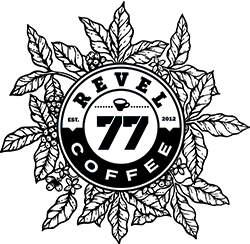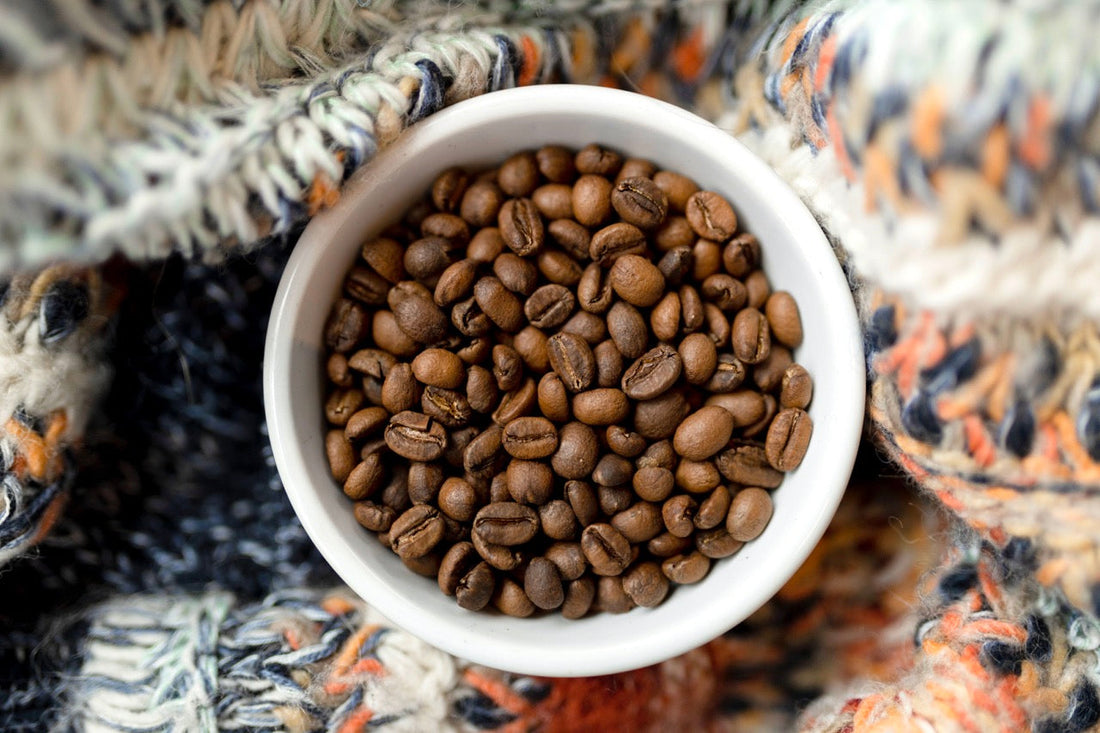The Good, the Bad, and the Ugly
In the last article, we discussed why bean quality is paramount.
If you start with a low-quality bean, you are up a creek without a paddle.
No amount of roasting wizardry will save you.
However, even if you start with a good bean, the roast will dictate how much of that flavor makes it to your cup.
A lot of people love their medium and dark roast coffee, but I’m going to argue that light roast is king. No matter what. No ifs, ands, or buts. No qualifiers.
Let me explain.
You can think of roasting like caramelizing onions.
As you apply heat, you’re breaking down the sugars into more complex flavors, turning the onions from tart, harsh, bitter things to a sweet and delicious food.
But if you go too far, you’ll burn them, and they’ll start to lose that sweetness and take on a bitter burned flavor.
Coffee is the same way.
If you don’t roast the coffee enough, you’ll get grassy, bland, flavorless coffee (think white coffee) because the sugars haven’t been developed.
And if you over-roast the beans, you’ll burn all the flavor compounds and be left with tiny little charcoal briquettes (most medium and dark roasts).
We are used to dark roasts in this country, and we think that’s what coffee is supposed to taste like.
That’s because we all grew up on Folgers and Starbucks, both of whom burn their coffee.
Starbucks in particular burns their coffee because they want it to taste the same everywhere you go.
And they achieve that consistency by burning everything. They are the McDonald’s of coffee.
Furthermore, as I mentioned in the last article [link], much of the coffee in this country isn’t very good.
Even the stuff marketed as specialty doesn’t have much flavor.
Believe me, in our attempt to serve the best coffee in Spokane we can, I’ve sampled more coffee than I can count that claimed to be specialty but tasted like nothing.
I’ve roasted a lot of mediocre coffee before I figured out how to find the good stuff.
At best, mediocre coffee can taste like lemongrass; at worst, it tastes like cardboard.
And the only way you can get flavor out of it is by going darker in your roast.
But once you’ve located that high-quality bean, you would never roast it beyond that point.
Medium and dark roasts erase the coffee’s natural flavors in the process.
In my early days of roasting, I was tempted to follow everyone else and start roasting darker because I was struggling to get flavor out of my beans.
But after tasting some coffee from Europe, and how fantastic it could be, we went full force into finding the best beans and roasting light.
A properly executed light roast will develop the natural flavors found in coffee without being sour or grassy.
If a light roast tastes sour, it is often a problem with the brew and not the coffee, but we’ll get to that in the last article on this series.
Just note that sourness is generally not a roast problem; it’s a brew problem.
So here’s a clue: if your coffee doesn’t have all the flavors I’ve described in these articles, and instead tastes bitter or burnt, then either the roaster didn’t get great beans, or they improperly roasted them.
Either way, I’d start looking for a new coffee roaster.
Once the coffee is roasted well, you need to brew it right.
But before we get to the brew, we need to talk about what you brew with: water.
I am not kidding when I say that your water can make or break your coffee. Most cafes don’t know this. And virtually all home setups miss this as well.
Click here to learn how your water could be ruining your coffee.
Until then, happy sipping!
Sean Edwards
Owner/Head Roaster

